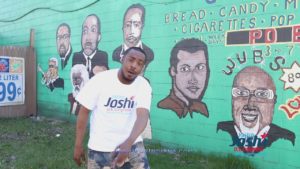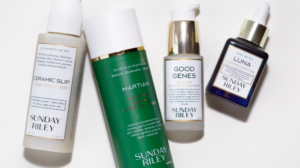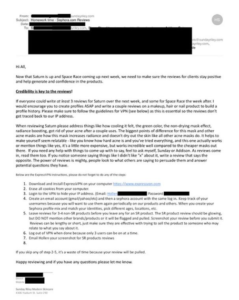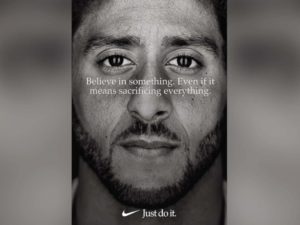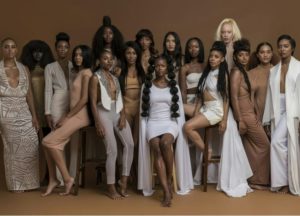Judging by the jack-o-lanterns on front porches and piles of fallen leaves in my neighborhood, it must be time for another installment of everyone’s favorite holiday; Election Day. Participating in the democratic process just might be sweeter than dressing up in a ridiculous costume, eating candy, or watching The Evil Dead. Don’t worry; I’m not here to remind you to vote. I know Taytay already told you. If she can’t convince you, I certainly won’t.
Instead, I want to share a few examples of campaign ads that were run this election season. Have you noticed how almost all the ads you’re seeing this season (and the last few years) are negative? Turns out, scientists have determined people are wired to respond to negative stimuli more so than positive. While some marketers are reluctant to go negative, when done correctly, it works well.
”Research in neuroscience and human behavior has determined that — while we may not be consciously aware of it, or even want to admit it — we humans are much more influenced by bad than good. “
Be it soft drinks or email servers, attack ads carry resonance that positive ads often can’t match. The following campaign ads certainly follow the formula, but missed the mark with voters. Thankfully, these gems will forever be enshrined in the archives of the internet.
The Dumpster Fire
Outspoken cable news personality Richard Painter isn’t going to waste your time getting into boring details in this spot. There’s only time to tell you there’s a fire, it’s urgent (what’s more urgent that a dumpster fire?), and presumably he can fix it. While we can all appreciate a good dumpster fire, the good people of Minnesota didn’t think Mr. Painter was the man to put it out.
The Danger Zone
Congressional candidate, Dan Helmer’s campaign decided to channel a moniker made famous by another veteran, and I’m not referring to Tom Cruise. While the spoof certainly has its humorous moments, it is still negative in tone. Maybe it was his position on issues, maybe it was the singing, but the voters in Virginia’s 10th district took away Mr. Helmer’s wings.
Hi, I’m Johnny Knoxville
Unlike the first two examples, Colorado congressional candidate, Levi Tillemann, addressed a hot issue head on. You could say he took it in the face. Mr. Tillemann’s team paired a scary topic for many parents with a Jackass style stunt. It might have been the election results, it might have been the pepper spray, but in the end, Mr. Tillemann’s face was red.
The experts say that negative campaign ads from candidates are effective in driving voter turnout, so watch out for more of these ads in the coming week. I for one hope for a more positive tone in our national discourse very soon. In that spirit of positivity, I’ll leave you with my favorite ad from a failed candidate this year. Warning – It’s catchy!
Feel free to comment with links to other great campaign ads.
References
https://adage.com/article/agency-viewpoint/negative-ads-positive-brand/295692/
https://www.mediapost.com/publications/article/320214/negative-advertising-in-politics-works.html
Vice News’ mash up of crazy campaign ads: https://www.youtube.com/watch?v=yN_Mp9ZsVXA




